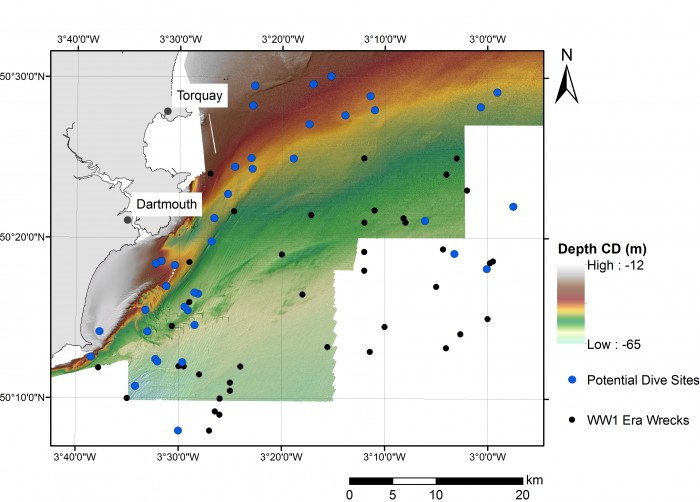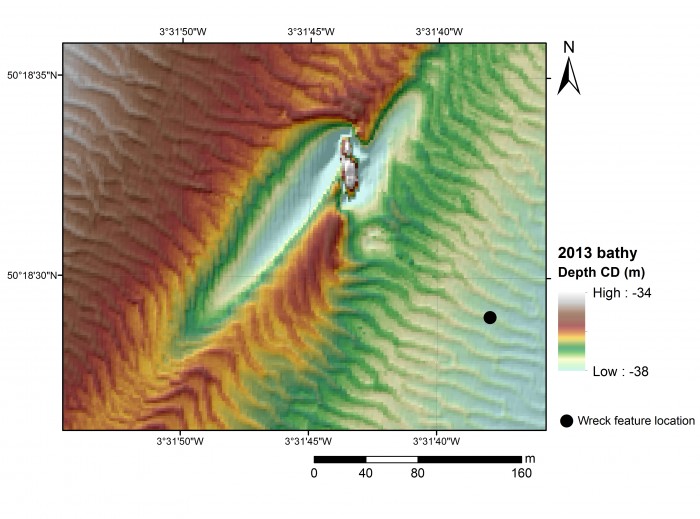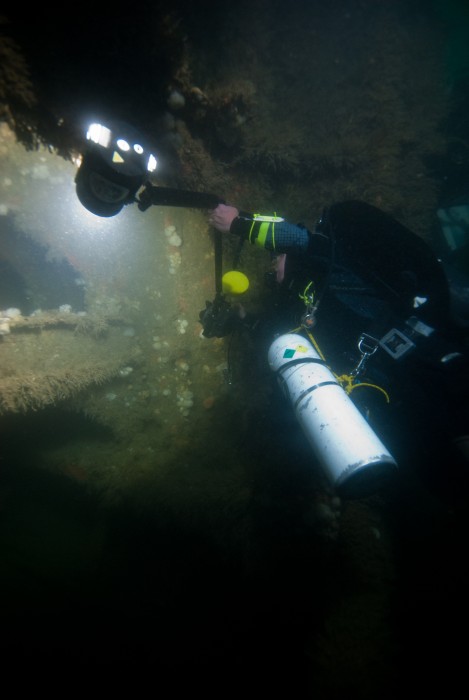Ken Manchip from the Fareham and District Model Engineering Society tells us how he ended up volunteering for the Maritime Archaeology Trust:
“The road leading to my building of the model steam pinnace started when the Fareham and District Model Engineering Society that I am a member of, played host to a representative of the Marine Archaeologist Trust, how gave us a talk on the underwater world in the Solent: identifying and investigating wrecks. This was received so well that we have left the door open for a return visit.
One of the sites the Trust have been researching and surveying in Gosport, Hampshire is the hulked remains of a steam pinnace that would have been in use during the First World War, Steam Pinnace 704. The Trust identified a model kit for a similar vessel and they thought such a model would be a suitable and beneficial aid for public outreach.
They approached the Model Engineering Society to see if we might be able to help with the building and as the representative of the Society’s Marine group the task was presented to me and I very willingly took up the challenge.
The model kit duly arrived and was found to be a wooden plank on frame, vacuum formed plastic superstructure, and plastic fittings, which I am familiar with. The kit included a side view plan and short explanation of stage build.
Described as a beginner’s kit, it very quickly became obvious that without considerable experience, skills and tooling, this build would have taken more than a month of approximately 2 hours a day and the end result would have been quite different! As with other models that I have been involved in, patience is the main skill to get one through. The moment you recognise what is in hand and where it is expected to go, is magic.
I enjoyed the challenge of building the steam pinnace model, which led me to surf the net to learn more of the history of the naval Pinnaces. The model will be exhibited at the Fareham and District Model Engineering Society Open Weekend at the end of July, before the Trust takes possession for use in their public outreach activities.
And what’s next for me? Maybe I will try the earlier 19th century model?…….”
Ken Manchip, Fareham and District Model Engineering Society
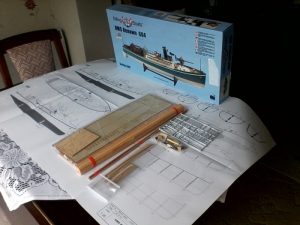
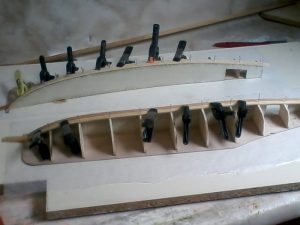

You can see Ken’s steam pinnace model on the weekend of 30/31st July at the Fareham and District Model Engineering Society open weekend:

